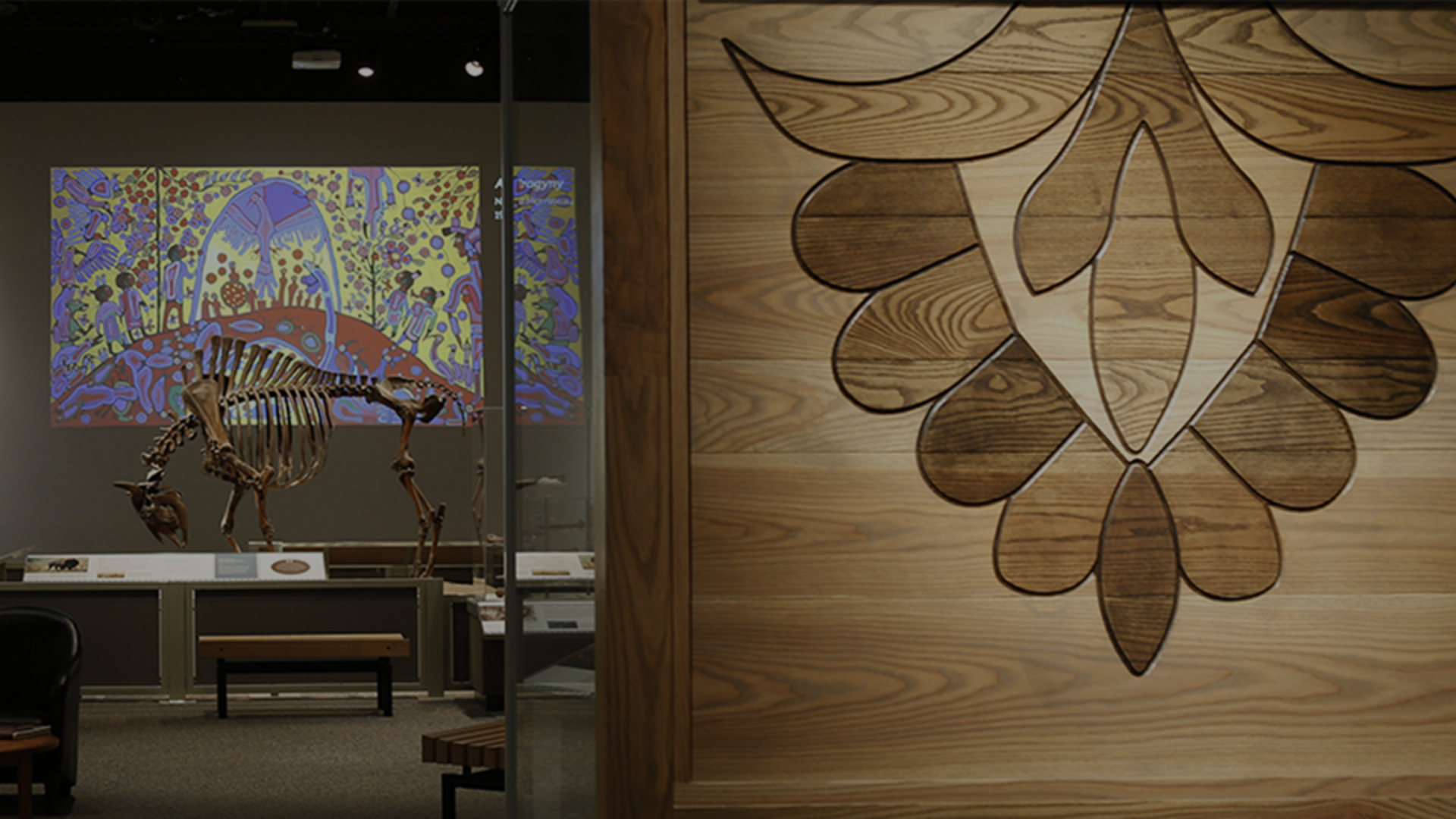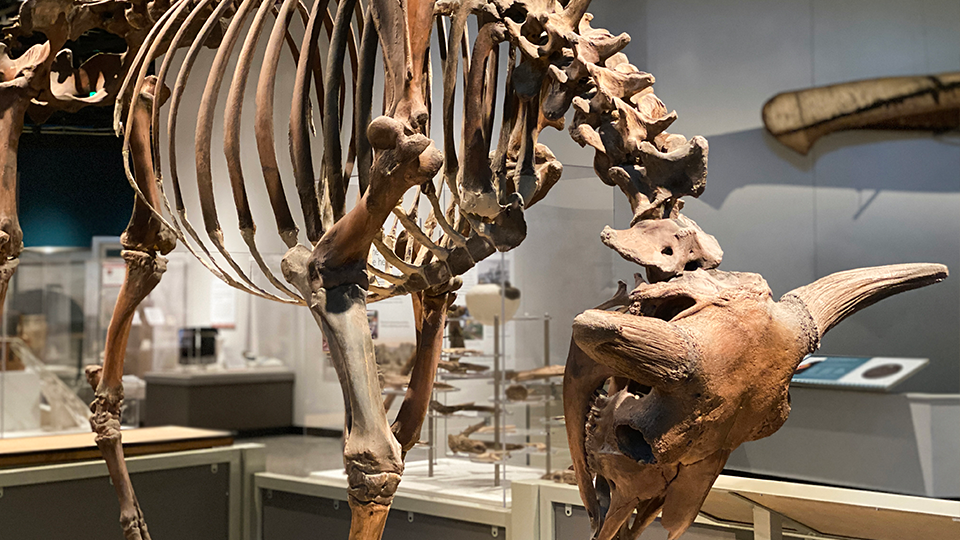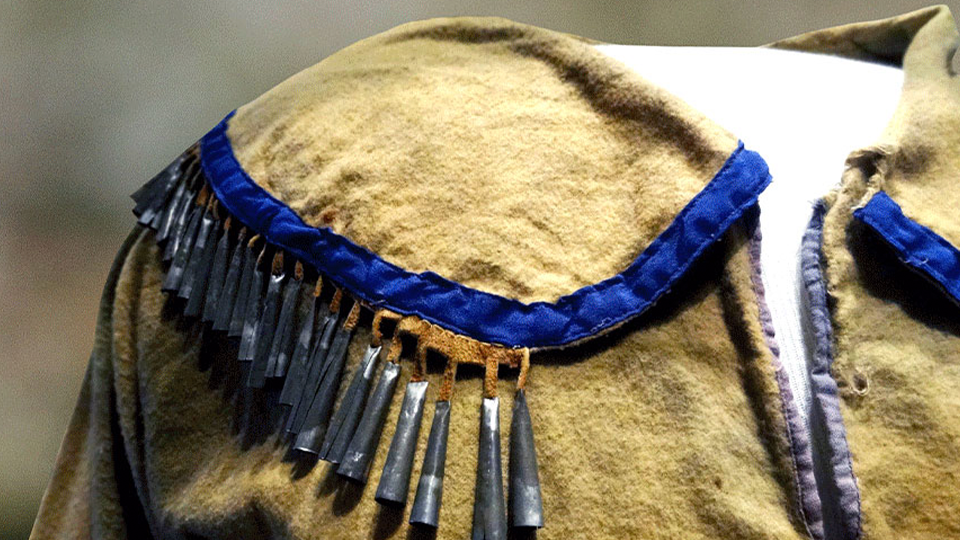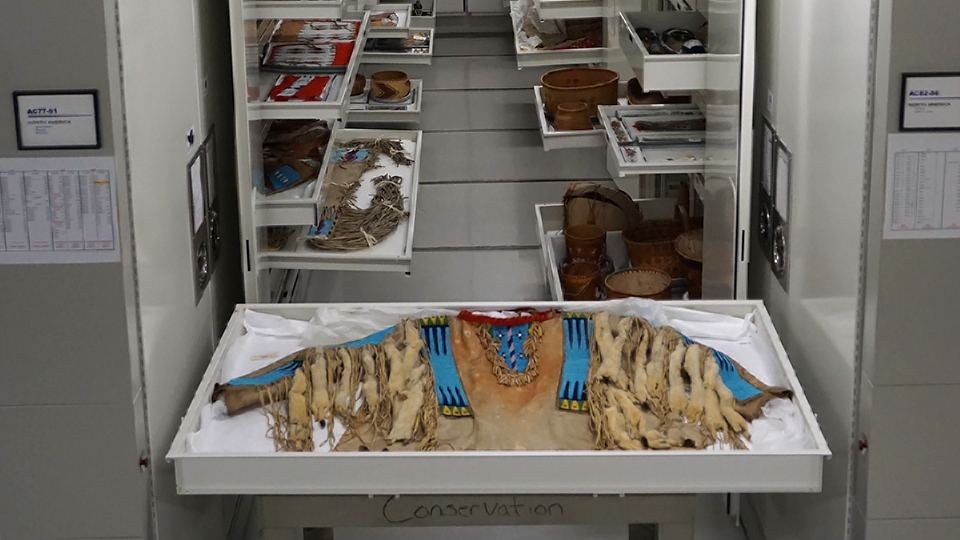In We Move and We Stay, every object—old or new, simple or elaborate—evokes an artist, a purpose, and a story.
The objects on display in this exhibition tell of generations of Dakota and Ojibwe people who have made their home in this place now called Minnesota. They tell of traditions old and new. They tell of change and persistence. They tell of moving and staying.
In this exhibition, you’ll find intricately beaded moccasins, colorful cradleboards, wooden canoes, and handmade star quilts among countless other Indigenous-created art pieces. Many of the objects on display are considered more than just objects—they are community members, and they hold multigenerational stories and deep cultural meaning.
As you experience We Move and We Stay, hearing the soft songs of courtship flutes, envisioning what Minnesota’s plains looked like before bison were almost hunted to extinction, and exploring the Indigenous worldview through first-hand storytelling, we hope you grow more connected to the land we all share and its oldest continuous caretakers.



